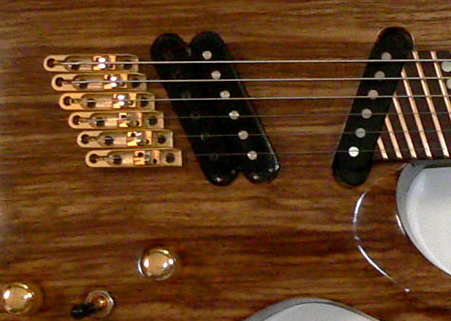In the globalized world of today, infrastructure is essential for influencing international economies and promoting cross-cultural interactions. The Interoceanic Highway is one such amazing technical achievement. It is a system of highways that connects the Atlantic and Pacific Oceans and spans the distance between the eastern and western coasts of South America.
The idea of the Interoceanic Highway was to improve trade, ease tourism, and foster cross-cultural understanding amongst South American countries. It was the result of multinational cooperation.
The engineering challenges of building a roadway that crosses a variety of terrains are immense. Engineers encountered formidable mountain ranges, extensive rainforests, and ecologically sensitive regions. Balancing infrastructure growth with environmental preservation became a top priority, resulting in new solutions and sustainable practices.

Consistent upkeep and enhancements are imperative in order to guarantee the highway's continued functionality. Long-term sustainability depends on spending on safety precautions, signs, and road repairs.
The construction of the roadway revealed inequalities in wealth, opportunity, and health care. In order to overcome these inequities and achieve equitable development, cooperative projects involving governments and NGOs were started.
The creation of the Interoceanic Highway is evidence of the inventiveness of humans and has helped to create links across continents as well as civilizations. Infrastructure has a crucial role in creating a more linked globe, as seen by its immense influence on trade, tourism, and cross-cultural interchange.
Pros
Better Trade Possibilities
The highway promotes global trade and economic exchanges by making it easier for commodities to transit between the Pacific and Atlantic regions.
Economic Development and Employment
The Interoceanic Highway promotes economic growth and employment creation in the surrounding regions by opening up new trade channels.
Enhanced Regional Network Access
By establishing connections between isolated regions, the highway promotes better healthcare, education, and communication, which lowers inequities and improves regional development as a whole.
Enhancing Cultural Exchange and Tourism
Enhanced accessibility draws visitors, which promotes cross-cultural interaction, economic diversity, and the preservation of native customs.
Preservation of the Environment
In order to conserve biodiversity and natural ecosystems, well-planned roadways can reduce deforestation, which helps with environmental conservation efforts.
Cons
Impact on the Environment
The construction may result in deforestation, upsetting delicate ecosystems and harming species irreversibly, upsetting the natural equilibrium.
Social Migration
Construction of new highways may force local communities to relocate, which could cause social problems, loss of livelihoods, and disturbance to traditional ways of life.
Economic Disproportion
While some regions profit, others can experience economic difficulties as a result of the unequal allocation of resources, which could cause social unrest and economic inequality.
Infrastructure Upkeep
It costs a lot of money to maintain the highway. This might put pressure on national budgets and take funds away from vital public services if improperly managed.
Rupture of Cultures
Indigenous cultures may be weakened by increased urbanization and tourism, which could result in the extinction of distinctive languages, customs, and ways of life.



